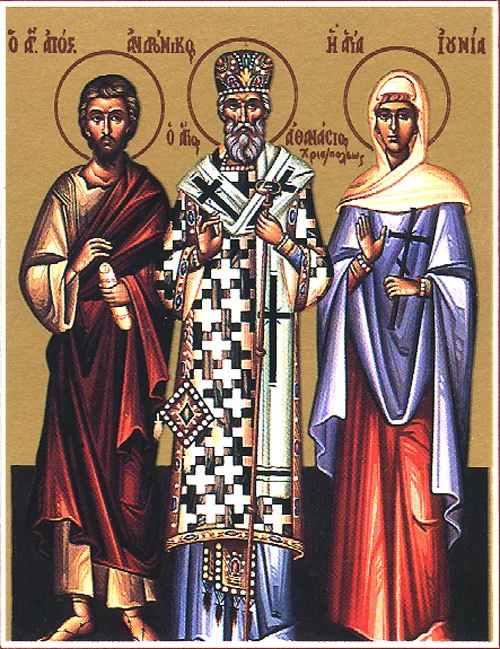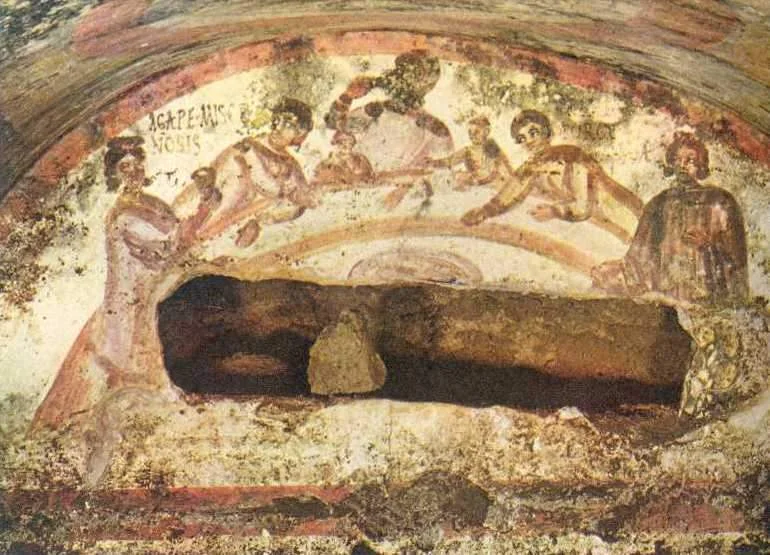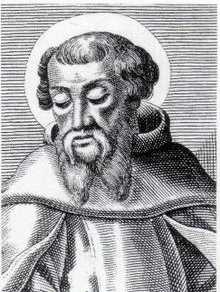For centuries, the core story of Christianity has focused on male apostles, bishops, and theologians. However, recent research suggests that the forgotten women played a much more significant role than we’ve been led to believe, especially in the early Christian communities of the Greek-speaking world, often in the shadows of empire and within believers’ homes.
House Churches: The First Sanctuaries
In the early centuries, there were no basilicas or cathedrals. As Carolyn Osiek explains in A Woman’s Place Christian worship primarily took place in private homes, often those of wealthy or widowed women. These domestic spaces served not only as places of prayer but also as centers of organization, instruction, and initiation.
The Acts of the Apostles (12:12–17) mentions one such leader: Maria, mother of John Mark, who hosted a large group of believers. Lydia and Phoebe are also identified as heads of their households and supporters of the Christian movement. As Osiek notes, the Roman social structure, where the materfamilias held authority over the private sphere, allowed women to wield real influence, even within patriarchal systems.
Evangelists Among the Apostles
One of the most striking challenges to traditional patriarchal narratives is Romans 16:7, where Paul refers to Junia as “outstanding among the apostles.” For centuries, her name was masculinized in translations, but scholars like Eldon Jay Epp have definitively restored her identity as a woman apostle.

Paul also mentions women like Priscilla as coworkers (synergos), indicating equal status in spreading the gospel. In The Bone Gatherers, Nicola Denzey Lewis highlights women like Marcellina, a 2nd-century teacher with a sizable following in Rome. Her prominence was so disruptive that Church Father Irenaeus, in his Adversus Haereses, warned of her influence. Ironically, it is his disapproval that preserves her memory.
Ceremonial Power and the Eucharist
Early Christian rituals (especially the Eucharist) were not always led by male priests. Karen O’Donnell, in her article Women and the Eucharist, presents evidence that women not only participated but also led private Eucharistic ceremonies, particularly before the institutional Church centralized authority in the 3rd century.
Frescoes in the Catacombs of Priscilla and of Peter and Marcellinus in Rome support this view. They depict women lifting chalices and presiding over what appears to be sacred meals. These images are not mere decoration; they are ritual depictions, providing visual evidence of female religious leadership.

Critics argue that we cannot conclusively identify the figures as women, but Patricia Cox Miller and Denzey Lewis contend that the iconography, hairstyles, postures, and dress, matches known portrayals of women from the same era.
Gender, Gnosticism, and Resistance
A significant theme in this discussion is Gnosticism, which unlike orthodoxy, often promoted spiritual equality between men and women. In this context, women were seen not only as suitable for ministry but as essential for spiritual completeness. Irenaeus’s polemic in Adversus Haereses describes female leaders in Gnostic groups with alarm, yet his writings inadvertently affirm their presence and influence.

As Karen Jo Torjesen argues in When Women Were Priests, the later suppression of women’s roles was not rooted in early Christian doctrine but in institutional consolidation and Roman social norms. The patriarchal shift, she shows, was a historical development and not a theological necessity.
Conclusion
The idea that women played no role in shaping Christianity doesn’t withstand close examination. From hosting and funding communities, to evangelizing, and even leading rituals, women were central to early Christian life.
Their legacy endures in Acts, Paul’s letters, underground frescoes, and the writings of Church Fathers, even due to the efforts that were made to silence them. Perhaps, as Denzey Lewis suggests, it is time to “gather the bones” of these forgotten figures and restore them to the story they helped tell.
Academic Source List
- Karen Jo Torjesen – When Women Were Priests (1993)
- Carolyn Osiek – A Woman’s Place: House Churches in Earliest Christianity (2006)
- Eldon Jay Epp – Junia: The First Woman Apostle, Ecclesiology 5 (2009)
- Nicola Denzey Lewis – The Bone Gatherers (2007); “Women and Religious Specialists,” Brill (2017)
- Patricia Cox Miller – Women in Early Christianity (2005)
- Karen O’Donnell – “Women and the Eucharist,” Feminist Theology 27:2 (2019)
- Irenaeus – Adversus Haereses, 2nd century
- Fresco evidence – Catacombs of Priscilla and of Peter & Marcellinus, Rome
- Acts 12:12–17 & Romans 16:7 – New Testament references
